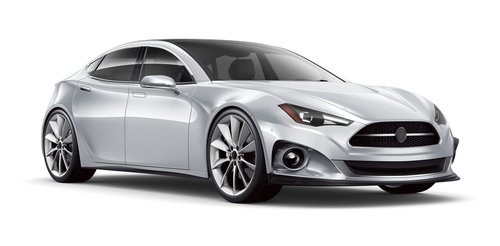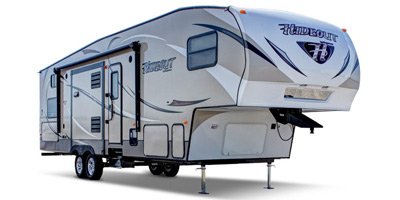You must apply in person at your local DMV office. Currently, only four offices accept walk-ins as well as appointments; the rest are by appointment only. Make an appointment online or by calling the DMV at 1-800-777-0133.
Tip: applying for an instruction permit starts a 12-month driver's license application period. You should try to meet all the requirements for a driver's license before that period ends.
1Fill out and submit a DL 44 Form
We recommend you fill out Driver's License or Identification Card Application form (DL 44)
online. You will not have to print it, just bring the confirmation number. It will save you a lot of time at the DMV office. Since you are under 18, your parent or guardian will sign it at the DMV (if that person has custody) or both parents (if they have joint custody). If you do not fill your application online, you may visit a DMV office to pick one up in person or call the DMV's Automated Telephone Service at 1-800-777-0133 to have one mailed to you.
2Provide required documentation for regular or AB 60 licenses
- Your identity, including your full name
- Your Social Security number (unless you are applying for an AB 60 permit)
- Your birthdate
- Your legal presence in the US (unless you are applying for an AB 60 permit)
- Your residency in California
3Give a thumbprint and have your picture taken
4Pass a vision exam
You must be able to pass a vision test, with or without corrective lenses, with visual acuity better than 20/200 in at least one eye.
5Pass a knowledge test
You have three chances to pass it within the 12-month application period.
Take a free practice test here.6Pay the $33 application fee
You may
pay the DMV office in person with cash, a check, a money order, or a debit card. (DMV offices do not accept credit cards for payment in person.)
7If under 17 ½: Complete a Driver's Ed course
You must complete one of the following classroom driver education and driver training courses (
learn more):
- 25 hours of classroom instruction, home study or Internet training program
- 6 hours of behind-the-wheel practice
- 50 hours of supervised driving practice with 10 hours of driving during darkness
If you're over 17 ½, you are not required to complete a Driver's Ed course to get an instruction permit. Still, the DMV recommends it to all young drivers.
If you have changed your name so it no longer matches that on your documentation, you must have Social Security update your name before you provide that documentation to the DMV.
What is AB 60 permit/license? AB 60 licenses are equivalent to full driver licenses of the same class for driving purposes and are recognized by California as a valid form of identification. However, AB 60 licenses may not be recognized by the Federal Government as legal identification. It means a AB 60 license holder should not rely on it to enter Federal buildings or pass through checkpoints at airports. The other requirements for an AB 60 license are the same as those for a regular driver's license. That is, you must still be able to provide adequate proof of your identity and residency in California.
What if I’m not 15 ½ yet but need to drive? If you are at least 14 years old and absolutely must drive unsupervised to or from school, to or from work to support your family, or for medical reasons, you can
apply for a junior permit, which will function as a restricted driver's license.
How to apply for junior permit- You must have already applied for a California Identification (ID) card.
- Within six months of receiving the junior permit, you must complete the same kind of driver training or education course that all applicants for California instruction permits must complete.
- Complete an Application for Junior Permit DL 120 form. Someone other than yourself (an ill family member, a patient, your doctor, your school principal, or your employer) must fill out the parts of the form that describe the nature of your hardship and show that no other form of transportation is available to you.
- Fill out and submit a Driver License or Identification Card Application form (DL 44). This form is not available online: visit a DMV office to pick one up in person or call the DMV's Automated Telephone Service at 1-800-777-0133 to have one mailed to you. Since you are under 18, your parent or guardian (if that person has custody) must sign on your form or both parents (if they have joint custody).
- Submit the DL 44 and DL 120 forms together to your local DMV office.






